Japan’s economy contracted by 0.2% between January and March, marking the first quarterly drop in a year, according to data released by the Cabinet Office on Friday. This decline in the world’s fourth-largest economy underscores the challenges Japan faces as it navigates a complex landscape of global trade tensions and domestic stagnation. The preliminary figure for quarter-on-quarter GDP was worse than market expectations of a 0.1% contraction, signaling a slowdown from the 0.6% growth recorded in the October-December period. The last time the Japanese economy shrank was in January-March 2024, when it contracted by 0.4%.
The contraction is particularly concerning as Japan seeks to negotiate relief from punitive US trade tariffs imposed by President Donald Trump. These tariffs have added another layer of uncertainty to Japan’s economic outlook, which has long been plagued by stagnation. Exports, a key driver of Japan’s economic growth, fell by 0.6%, while imports surged by 2.9%, further weighing on overall GDP. On an annualized basis, GDP shrank by 0.7% in the first quarter.
Analysts had warned that Japan would face significant headwinds as Trump’s tariffs continue to disrupt the global economy. "Uncertainty is greatly heightened by the Trump tariffs, and it is likely that the economic slowdown trend will become clearer from (the second quarter) onward," said BNP Paribas Chief Economist Ryutaro Kono. This trend is expected to impact corporate spending, particularly in capital investment, and drive down demand for capital goods such as machinery and tools.
Katsutoshi Inadome of SuMi TRUST noted that recent negotiations between the US and China, which concluded with lower tariffs, offer some hope. "We hope that this will ultimately mitigate their economic impact," he said. However, the broader context of Japan’s economic challenges extends beyond the trade war. With domestic and foreign demand flagging, Japan’s economy "remains without a driving force," according to Yoshiki Shinke, Senior Executive Economist at Dai-ichi Life Research Institute. "The possibility of the economy entering a recession cannot be ruled out, depending on the degree of downward pressure caused by the tariff issue," he warned.
Earlier this month, the Bank of Japan (BoJ) revised down its growth forecasts and maintained interest rates at their current levels, citing trade tariffs as a significant source of global economic uncertainty. The BoJ now expects Japan’s GDP to rise by 0.5% in the fiscal year that began in April, down from its previous estimate of 1.1%. "With the economy already shrinking on the eve of the trade war, the Bank of Japan will probably wait even longer before resuming its tightening cycle than we had anticipated," said Marcel Thieliant at Capital Economics.
Japan’s economic woes are multifaceted. While the trade war has undoubtedly exacerbated existing issues, the underlying stagnation has been a persistent challenge. The combination of declining exports, rising imports, and the impact of US tariffs has created a perfect storm for the Japanese economy. The contraction in the first quarter highlights the urgent need for policy measures to stimulate growth and address structural issues.
The Japanese government and the BoJ will need to carefully navigate these challenges. The recent decline in growth forecasts and the ongoing trade tensions suggest that a cautious approach will be necessary. The BoJ’s decision to hold interest rates steady reflects this caution, as policymakers seek to balance the need for economic stimulus with the risks of further destabilizing the economy.
Japan’s recent economic contraction underscores the complex interplay of global trade dynamics and domestic economic challenges. As the world’s fourth-largest economy grapples with the impact of US tariffs and persistent stagnation, the path forward will require a delicate balancing act. Policymakers must address immediate concerns while also laying the groundwork for sustainable long-term growth. The coming months will be critical in determining whether Japan can successfully navigate these challenges and emerge with a stronger, more resilient economy.

By Laura Wilson/May 16, 2025

By Michael Brown/May 16, 2025

By Elizabeth Taylor/May 16, 2025

By Sophia Lewis/May 16, 2025
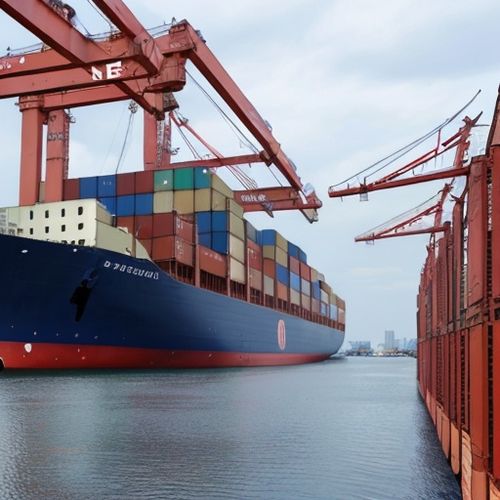
By Noah Bell/May 16, 2025
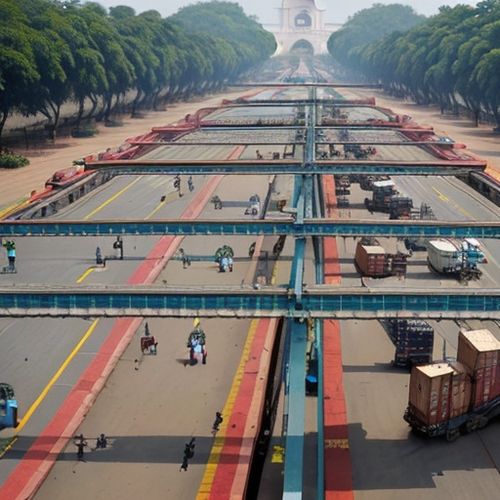
By Joshua Howard/May 16, 2025

By John Smith/May 16, 2025

By Laura Wilson/May 16, 2025

By Benjamin Evans/May 16, 2025
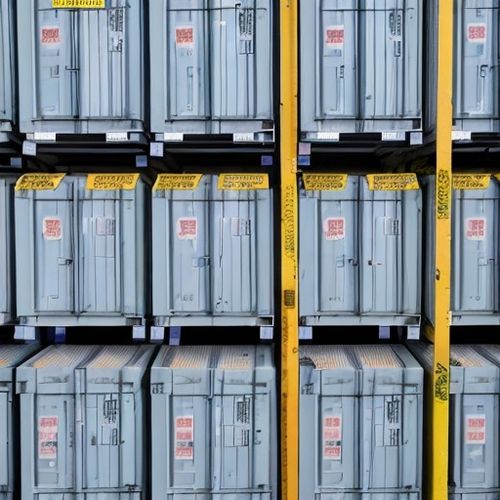
By Michael Brown/May 16, 2025
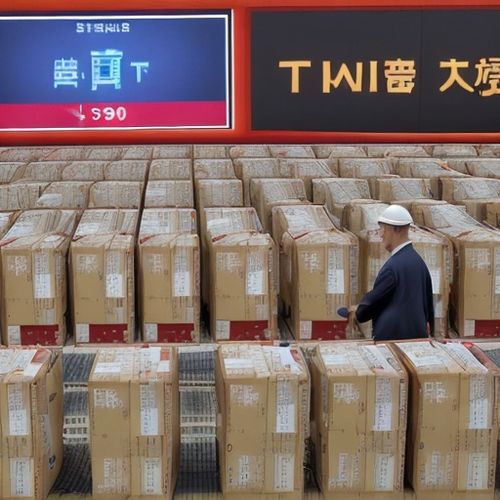
By Sarah Davis/May 16, 2025
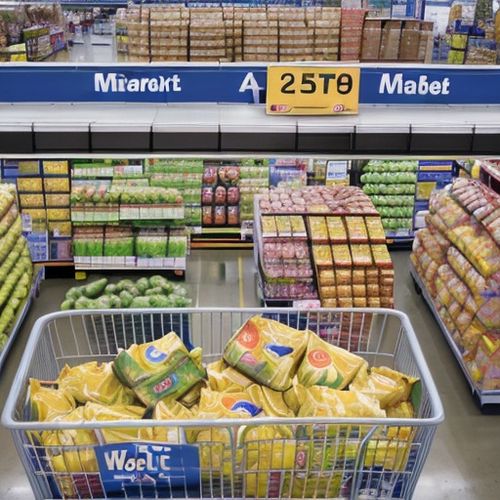
By William Miller/May 16, 2025

By Sarah Davis/May 16, 2025

By Benjamin Evans/May 16, 2025

By Rebecca Stewart/May 16, 2025

By Natalie Campbell/May 16, 2025

By Lily Simpson/May 16, 2025
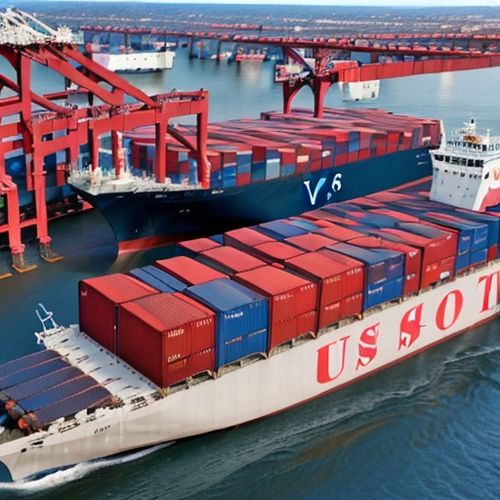
By Olivia Reed/May 16, 2025

By Olivia Reed/May 16, 2025

By Elizabeth Taylor/May 16, 2025